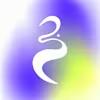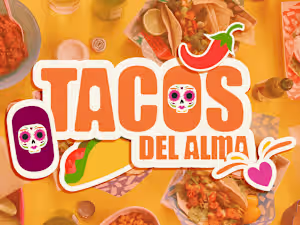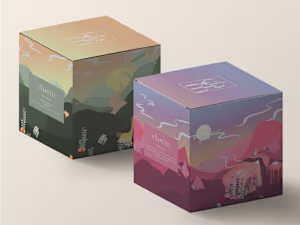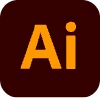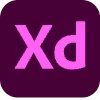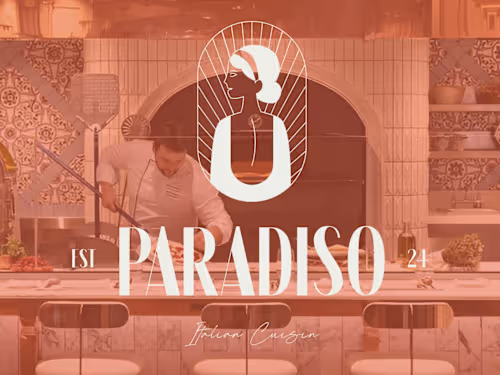
Visual Identity
Starting at
$
2,850
About this service
Summary
FAQs
How do I get started?
To get started, use the provided calendar link to schedule a call. During the call, we will discuss your branding goals, review the package details, and outline the next steps to begin the project.
What should I prepare before the discovery call?
Before the discovery call, consider gathering information about your brand’s mission, vision, target audience, and any existing brand materials. This will help provide a comprehensive overview and facilitate a productive discussion.
What if I have multiple stakeholders or team members involved?
If multiple stakeholders are involved, it’s important to designate a primary point of contact for feedback and decision-making. This helps streamline the process and ensures consistent communication throughout the project.
What if I need more than two rounds of modifications?
The package includes two rounds of modifications after the initial visual identity design. If additional changes are required, these can be accommodated at an extra cost.
What is art direction and why is it important?
Art direction provides strategic guidance on visual style, ensuring all design elements align with your brand’s vision and effectively communicate your brand message. It helps maintain consistency and appeal across all brand materials.
How do you determine the best logo design for my brand?
The logo design is determined based on an in-depth understanding of your brand’s values, target audience, and industry. We explore various design concepts and select the one that best aligns with your brand identity and goals.
How will the visual identity be adapted for different media?
The visual identity will be designed to be versatile and adaptable across various media, including digital platforms, print materials, and environmental designs. We provide guidelines to ensure consistency and effectiveness in different contexts.
Can I request custom illustrations or graphics?
Yes, custom illustrations and graphics can be included as part of the branding elements. We will work together to create visuals that fit your brand’s style and enhance its overall identity.
What if I need to make changes after the final design has been approved?
Once the final design has been approved and delivered, additional changes will be considered beyond the scope of the initial package and will require additional fees. It’s important to provide thorough feedback during the modification rounds to minimize the need for further adjustments.
What's included
Discovery Call
This is a collaborative process. We'll begin with a call, between 30 to 60 minutes. This is where we discuss your brand vision, goals, and specific needs.
Art Direction
3x mood boards you will use as a reference point for your brand
Logo Design
Primary Logo: The central logo design that represents the brand. It should be distinctive and versatile, capable of being used across various media. Logo Variations: Different versions of the logo, including stacked, horizontal, and icon-only formats, for flexibility in application. Logo Lockups: Predefined combinations of the logo with the brand name or tagline for consistent use in different contexts. Logo Usage Guidelines: Clear instructions on how to use the logo, including minimum size, clear space requirements, color variations, and placement rules.
Typography
Primary Typeface: The main typeface for headlines, titles, and key messages, chosen to reflect the brand’s personality and ensure readability. Secondary Typeface: A complementary typeface for body text and supporting content, maintaining visual harmony. Specialty Fonts: Any unique or custom fonts for specific applications like promotions or special projects. Typographic Hierarchy: Guidelines for establishing text hierarchy, including font sizes, weights, and spacing to ensure clarity and visual interest.
Color Palette
Primary Color Palette: Core colors that form the foundation of the brand’s visual identity. These colors should be used consistently across all materials. Secondary Color Palette: Additional colors that complement the primary palette, providing flexibility and depth in design. Accent Colors: Colors used sparingly to highlight key elements or create visual emphasis. Color Usage Guidelines: Instructions on how to apply colors in different contexts, including digital and print, with specifications in HEX, RGB, CMYK, and Pantone formats.
Branding Elements
Graphic Elements: Custom-designed graphics such as patterns, textures, or icons that enhance the brand’s visual appeal and support its identity. Illustration Style: Guidelines for creating and using illustrations that align with the brand’s aesthetic. This may include style, color use, and application. Photography Style: Direction on the style of photography, including composition, lighting, and subject matter, to ensure visual consistency. Texture and Patterns: Design of unique textures or patterns that can be used in various applications to add depth and interest. Iconography: Development of custom icons that complement the brand’s visual language and can be used in digital and print materials.
Brand Collateral
Stationery Design: Design of business cards, letterheads, envelopes, and other office stationery that reflect the brand’s identity. Digital Assets: Creation of templates for social media, email signatures, and other digital applications to maintain brand consistency online. Packaging Design: Design of product packaging, labels, and other physical brand materials to ensure a cohesive brand presentation. Environmental Design: Visual elements for physical spaces such as retail stores, offices, or event booths, including signage, wall graphics, and interior design elements.
Application Examples
Mockups and Real-World Applications: Visual mockups showing how the brand identity will be applied in real-world scenarios, including websites, advertisements, merchandise, and retail environments. Brand Consistency Across Platforms: Examples illustrating how the visual identity system maintains consistency across various platforms and media, ensuring a unified brand experience.
Example projects
Duration
2 weeks
Skills and tools
Industries
